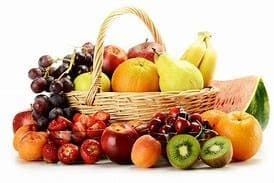Vegan leather is a synthetic alternative to traditional animal-based leather that has been gaining popularity in recent years due to its environmental and ethical benefits. While traditional vegan leather is made from synthetic materials like PVC or PU, newer forms of vegan leather are made from natural and sustainable sources, including apple, mango, and pineapple.
Apple leather, also known as ‘Frumat,’ is made by upcycling waste from the apple juice industry. The leftover apple skins and cores are dried, ground into a fine powder, and mixed with a binding agent to create a leather-like material. This process not only reduces waste but also provides a new revenue stream for apple farmers.
Mango leather is made by pulping mango skins and drying the pulp into thin sheets. The sheets are then coated with a natural resin to give them durability and flexibility. Mango leather has a unique texture and is available in a range of colors.

Pineapple leather, also known as ‘Pinatex,’ is made by extracting the fibres from pineapple leaves. The fibres are then processed and compressed to create a material that looks and feels like leather. Pineapple leather is durable and water-resistant, making it an excellent alternative to traditional leather.
In addition to the benefits for the environment and farmers, vegan leather is also beneficial for animals. The leather industry is responsible for a significant amount of animal cruelty, including the inhumane treatment of cows and other animals. Vegan leather provides a cruelty-free alternative that is both ethical and sustainable.
The introduction of Fruit leather can provide massive opportunities for farmers, juice shops, and the leather industry. Farmers can utilize their fruit produce no matter what is the quality, the good quality harvest can go towards the food industry from which the residues can go back to making leather. Whereas the not-so-good fruit harvests can go directly towards fruit leather making.
Other fruits, such as bananas and oranges, are also being used for their fibres. Banana fiber is extracted from the stem of the banana plant and can be used to create a variety of materials, including paper and textiles. Orange fibre, also known as “Orange fibre,” is made from the waste products of the orange juice industry. The fibres are processed to create a soft and lightweight material that is ideal for clothing and accessories.

